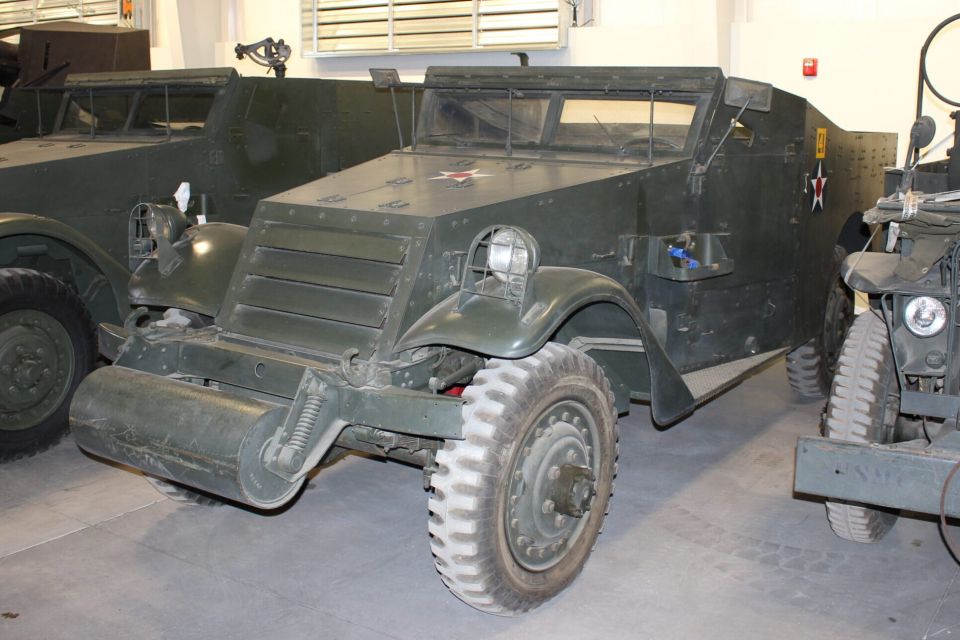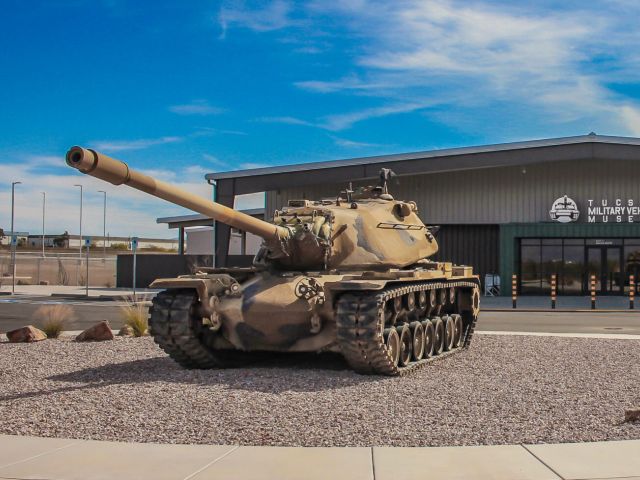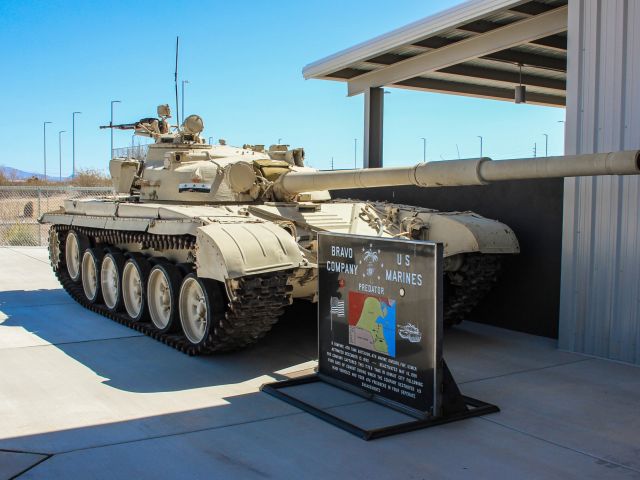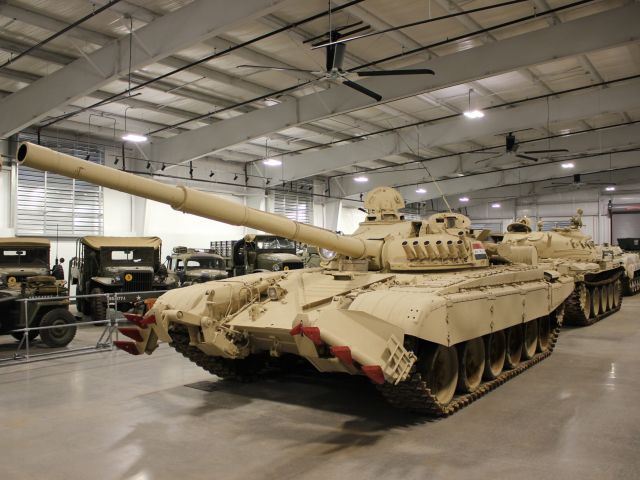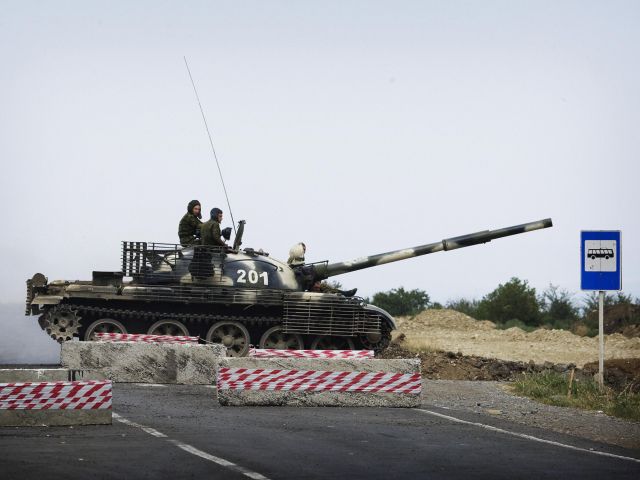Technical Specifications
-
Enter Service:1940
-
Crew:2 + 6 Infantry
-
Weight:5.53 tons
-
Dimensions:Length 18ft 5in, Width: 6ft 8in, Height: 6ft 6in
-
Armament:Main: 0.5in Browning machine gun; Secondary: 2 x 0.3in Browning machine guns
-
Armor:Maximum 0.5in
-
Powerplant:White Hercules JXD 6-cylinder petrol engine
-
Performance:Speed: 65mph, Range: 250 miles
Description
Designed and placed in production in 1939, the M3A1 was the final modification in the M series of Scout Cars. Nearly 5 years earlier, White Motor Company manufactured the first armored car for the U.S. Army. Designated as the M1 Scout Car, the vehicle was based on a commercial White ½-ton truck. The following year, 1935, the M2 Scout Car was released. Similar in looks like the M1, the M2 was larger and more powerful. Over 90 M1s and M2s were delivered to the U.S. Army.
Further development of the M1 and M2 led to the production of the M2A1 Scout Car, designated as the M3 Scout Car. Over 60 M3s were built, with each being assigned to the 7th Cavalry Brigade for reconnaissance operations. External retrofitting and the addition of the front roller resulted in the creation of M3A1 Scout Car. Speed and reliability were qualities of the M3A1. The lack of overhead protection and deficient off-road abilities diminished the intended role of the M3A1.
Approximately 20,900 M3A1s were manufactured by 1944. Under the Lend-Lease Program over 11,400 vehicles were allocated to allied nations. Britain received over 6,900, the Soviets received nearly 3,300, and the Chinese Nationalist Army took over 100. U.S forces used the M3A1 for scouting in North Africa and Sicily. In the Pacific, the U.S. Marine Corps deployed the M3A1s in noncombat roles. General George S. Patton made the M3A1 Command Car the most famous variant of the M3A1 Scout Cars.
